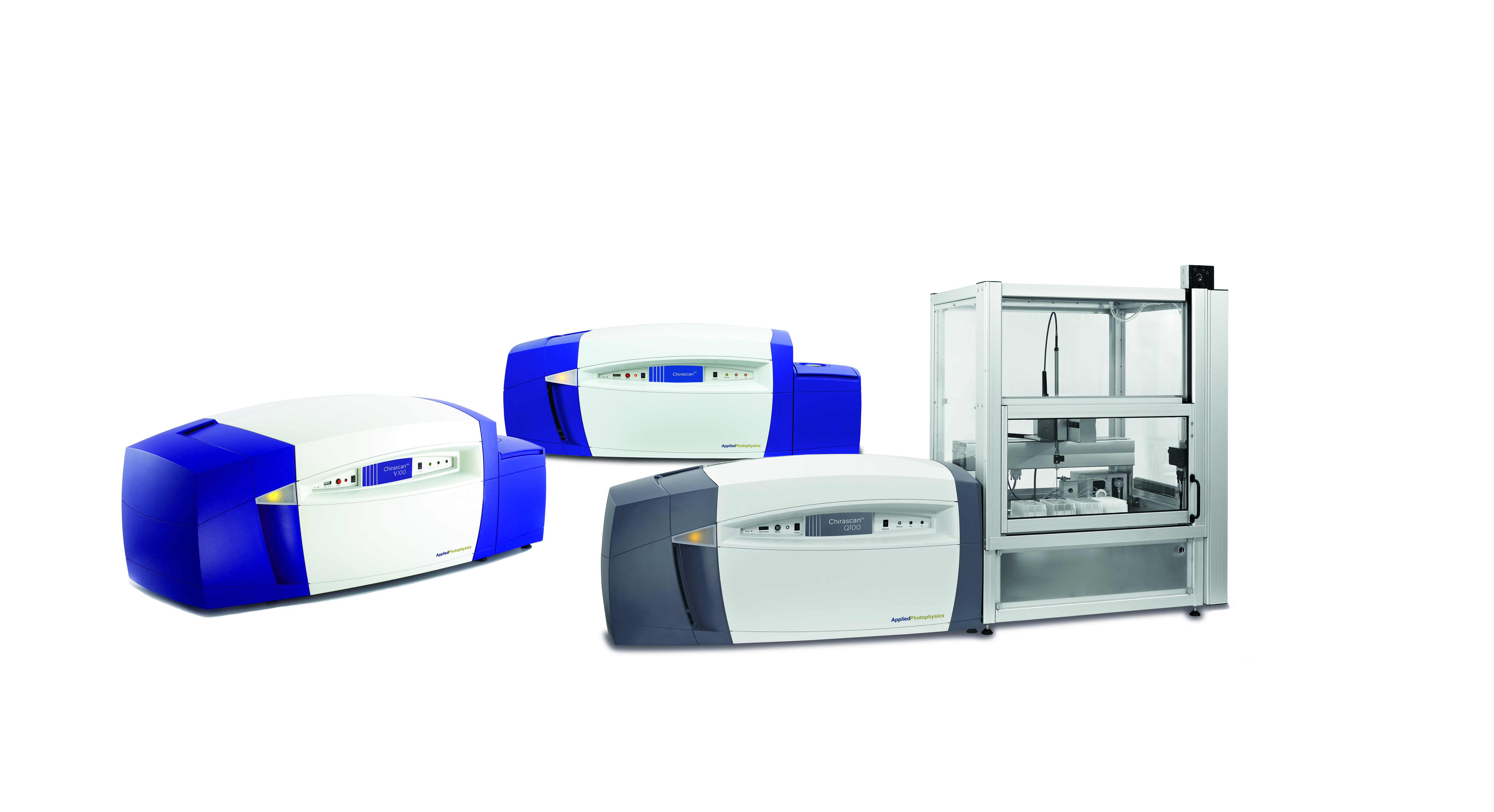What's Our Story?
What's our story?

Applied Photophysics (AP) started in Mayfair, London, in 1971. An odd place for a new start-up scientific instrument company on the surface until you know that it was within the buildings of the Royal Institution (RI).
The RI has been at 21 Abermarle Street Mayfair since 1799 and has been conducting scientific research since Humphrey Davy became director in 1801. Many eminent scientists have been involved in the RI ever since then, most famously Michael Faraday, who, with Davy, gave his name to the Davy Faraday research laboratory (DFRL) established by the RI in the building next door (20 Abermarle Street).
In 1966 George Porter moved from Sheffield University to the RI and moved his research into early uses of lasers for laser flash photolysis analysis of fast reactions to the DFRI. A year later, he was awarded a Nobel Prize in chemistry for his work.
There was a demand in the scientific community for instruments based on Porter's research. With most of the research equipment in Porter's lab being made in the DFRI workshops, a small cottage industry began selling this equipment to other research labs. This became formalised into the Applied Photophysics Limited company in 1971.
We stayed in the RI throughout the seventies, looking at several different commercial applications of laser spectroscopy, not just laser flash photolysis. This included some of the earliest commercial laser Raman spectrometers.
The company moved out in the 80s to the east end of London and eventually to our current home in Leatherhead, Surrey, southwest- London.
Throughout history, there has been a common thread of fast chemical kinetics and innovative spectroscopy. In the early 90s, we branched out from laser flash photolysis into stop-flow spectrometry, establishing the line of instruments that lead to the SX20 stopped-flow system today.
In the late ’90s, we started developing Circular Dichroism stopped-flow instruments, introducing the Pi-Star, — a high-performance CD and fluorescence stopped-flow instrument. This was followed by introducing of the Chirascan line of instruments launched in 2004.
The innovative monochromator system introduced in 2004 has been the base of the Chirascan family ever since. However, we continue to innovate in many ways: the first and still only solid-state detector system for UV/Vis CD spectroscopy with the Chiracan V100 (formerly Chirascan-plus); the Chirascan Q100 automated CD instrumentation targeting the pharma market; many improvements to the optics and electronics that improve system stability and performance that are now part of the current generation of Chirascan instruments; and several new capabilities, for instance, the newly launched Circular Polarized Luminescence (CPL) system.
The innovative company born from the RI has a bright future, with several new exciting products on the horizon, and continues to strive to make out instruments the best in the world.
AppliedPhotophysics, delivering a brighter future in spectroscopy.
